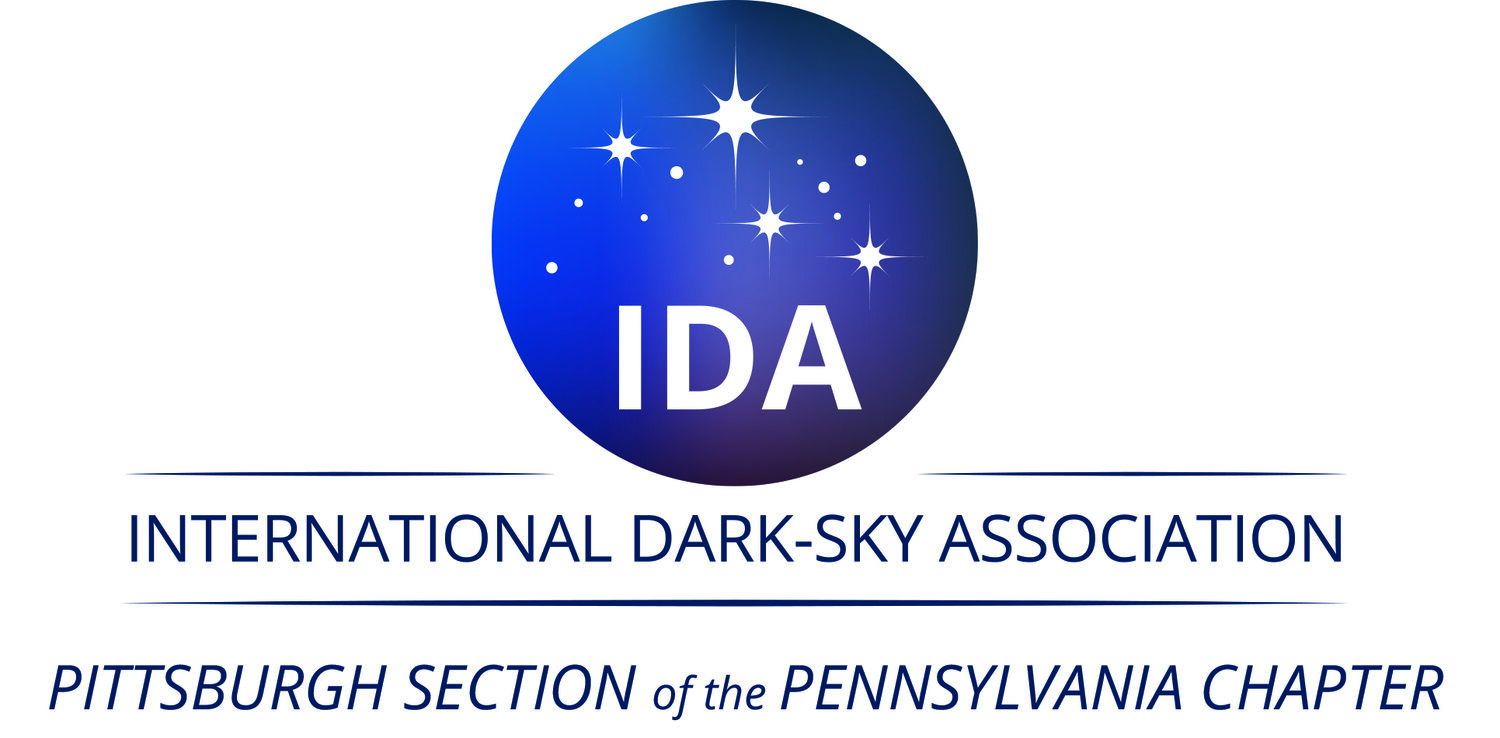Interview with Andrea Giacomelli
An Unexpected Journey to Light Pollution Research
by Sarah Kurelowech
In an interview with Andrea Giacomelli, a light pollution researcher in Italy, I discovered the interesting path that he took to light pollution research. His journey began when he studied environmental engineering in college. Society had little concept of pollution decades ago, so his major combined math, sciences and computer science, a combination that would become useful later in his life.
Andrea’s graduate school dissertation was in graphic information systems (GIS), which is basically, as he put it, entering maps into a computer. While completing his dissertation, he had the opportunity to study in Belgium, where his tutor advised him to go for his Ph.D. It was a good plan, so off he went to Milano to complete his Ph.D. with a paper in hydraulic engineering. Andrea pointed out the similarities between hydraulic engineering and light pollution as being ... nothing.
He feels that light pollution cannot be approached by one expert who feels they know everything.
In Italy, students are granted six months to go abroad and study. Most students in Europe choose to go to the U.S., however, Andrea was unable to as he was waiting for his military service to end. It was not practical for him to study across the ocean, in case he got called to Italy. Because of this, he did his six months on the island of Sardinia. He described it as, “administratively part of Italy, but really its own planet.” After his time in Sardinia, he returned to Milano and began sending resumes around to environmental agencies. However, another opportunity arrived in the form of a call from his tutor in Sardinia saying there was a position open in GIS. His five years in Sardinia was special because it was Andrea’s first time working in a rural setting. He noted that the skies were much darker there than in Milano, and he was able to see the stars very well. He began to consider the rural area from southern Tuscany as the Wild West. His grandfather lived in these areas and was pretty much a cowboy.
He decided that he wanted to do something meaningful and productive in these Wild West regions of Italy. In 2008, he started a project to try and get the common person more aware of light pollution and the fight against it. At the time the project started, light pollution was a known issue mainly only to the experts. The first people that raised the issue of light pollution were those looking up to the sky, the astronomers. The general public really did not know anything about light pollution and its effects. Andrea felt the best way to get people involved was to take a sensor, the sky quality meter, which allows anyone to take a measurement of the darkness of the sky.
His initiative was at first considered curious and fun. In fact, his project was featured in an Italian Mickey Mouse magazine. Now, over ten years later, Andrea is giving lectures in the university setting about the same topics. In ten years, the project turned from something geeky and strange into something that now counts towards university credits.
Andrea stated that astronomers were the last people that should be relied on to do something about light pollution. Their training is looking at the sky, not seeing what is happening on the ground. As an environmental engineer, trained in many disciplines, he can put together different experts in order to tackle light pollution. He feels that light pollution cannot be approached by one expert who feels they know everything. Light pollution has a “kaleidoscopic effect,” and therefore you must collect data from all kinds of backgrounds. He has found his education has allowed him to be a skilled mediator in his project.
To conclude, I asked where Andrea sees the public’s understanding of light pollution going within a few years. It will take people time to care about light pollution. Just think how long it took people to realize riding a bike to work is better than taking a car. He stated that society is difficult to change.

